This interview is part of a series of interviews with European craftspeople conducted in collaboration between FRH, the European network for religious heritage, and Mad’in Europe, the network of European fine and traditional crafts and cultural heritage restoration professions.
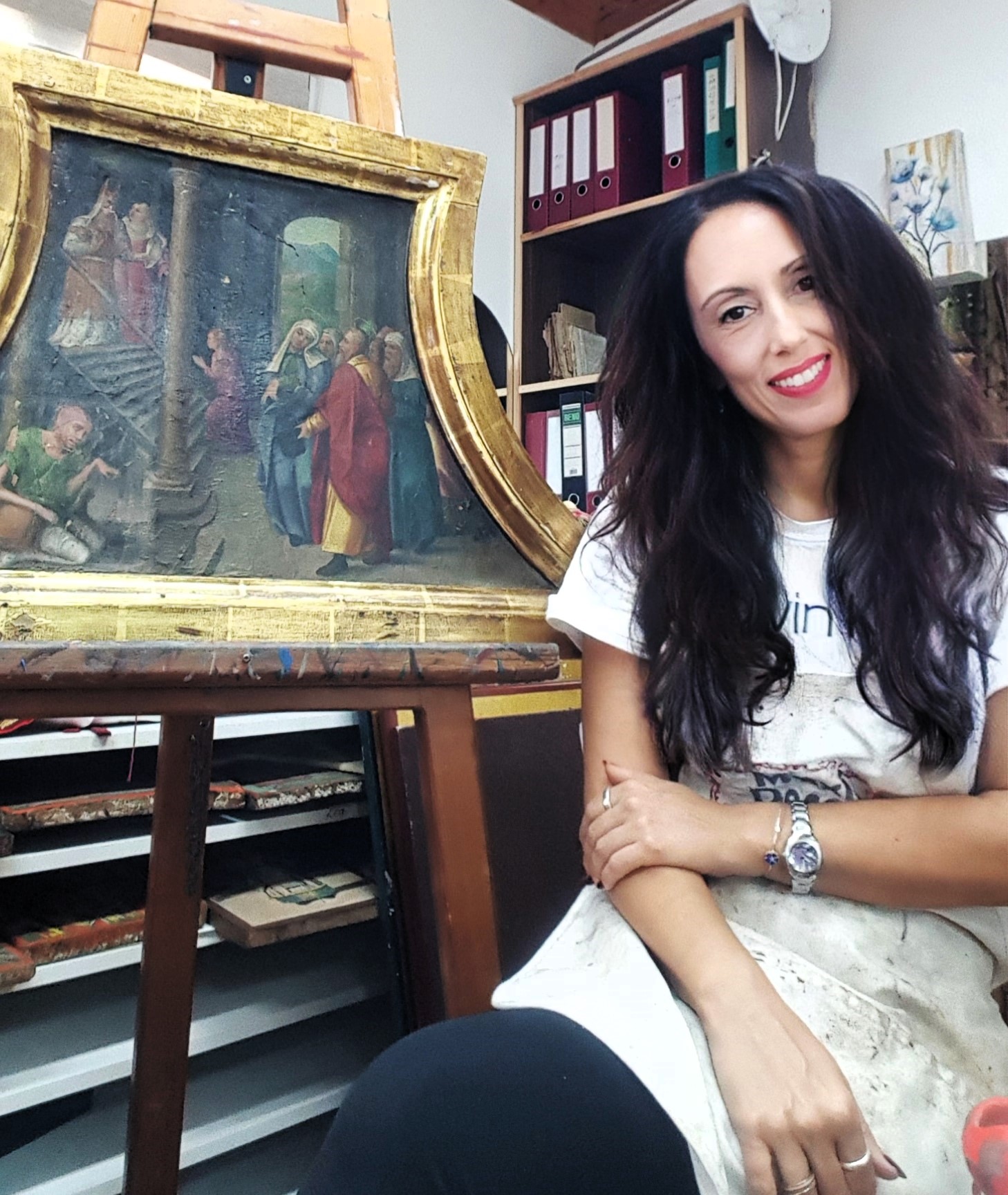
Adamandia Remoundou-Dieronitou, conservator of antiquities and works of art from Cyprus.
From an early age, Adamandia showed great talent and a keen interest in painting and art. Over the course of time, this interest turned into a career in the conservation and restoration of artworks and antiquities that began in Greece and continued in Cyprus, a country that she describes as “an island full of Medieval, Byzantine masterpieces that need care.” We recently spoke to her about her extensive career, how the profession has changed over the years and the efforts she makes to pass on her knowledge to other young professionals.
1. Please introduce yourself (profession, area of expertise and years of experience).
My name is Adamandia Remoundou-Dieronitou and I am a conservator-restorer of artistic and cultural artifacts known as “Cultural Heritage”. My specialization is in painted works of art and I have been also involved in ceramic, fabric, metal and infrequently in stone restoration. I was born and raised in the Greek island of Andros (Cyclades complex), worked for 2 years on Antiquities in Greece and since 1999, I live with my family and work in Cyprus as a professional Restorer (26 years of experience).
2. What clients/markets do you work with (are they local, national, international)? Which needs does your work generally tackle? Which are the required skills and certifications that your customer request?
TAMACYPRUS is the workshop where I work as a Scientific Partner and I cover the section of Conservation/Restoration. The workshop also has 2 more sections which are “Handmade Wood Sculpture” and “Reconstruction of Antiques”. The clients/markets we work with are mostly Cypriot although in the recent past they have also been international (Israel, Russia, Italy, Greece and U.K). The workshop tackles treatment and restoration of antiquities, religious heritage items, products of religious and ecclesiastical furniture and organizes and displays museum areas. The treatment and production of a work of art, requires a lot of time and effort, so the clients need to be sure that they are dealing with professionals (within the International Conservation Standards). Trust, confidence and effectiveness are the required skills and certifications that our clientele request.
3. Please briefly explain how your profession is related to religious heritage and/or cultural heritage.
It is related because Cyprus is the island of thousands religious memorial places, places of worship and religious landscape. Although traditions show that Cyprus was visited by the Christian Saints Paul and Barnabas (45 CE), there is nearly no evidence of Christianity on the island before the 4th century, and for Nicosia (capital of Cyprus) itself no Christian remains could be found that are dated before the 5th or 6th century. After the division of the Roman Empire (395 CE), Cyprus became a province of the Byzantine Empire more or less until the end of the 12th century, at least from 965 onwards. Imagine an island full of Medieval, Byzantine masterpieces that need care.
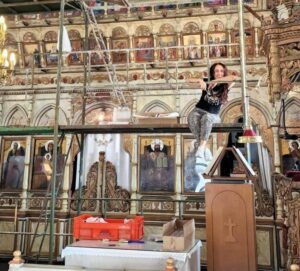
4. Please describe the main steps of your usual working process and the materials that you use most.
Every work of art needs its own treatment and material, so it’s difficult to describe the main steps of the usual working process. Generally, the main steps are: condition assessment, microphotography, x ray photos (if necessary), preventive conservation (cleaning samples/tests of small areas with a relevant solvent), disinfection, fixation of carrier, fixation of gesso and layers of painting, cleaning process (old oxidized varnishes), retouching and finally covering with a new varnish for future protection.
All the materials that we use are specialized and reversible.
5. Do you regularly cooperate with craft professionals from other fields? If yes, can you explain which ones and why?
Yes of course. The profession of a restorer “has a little bit of other scientific knowledge fields” such as archaeology, art history, chemistry, drawing ability, decoration etc. These skills are not safe 100% for the work of art and it’s better to always cooperate with the right expert to prevent possible damage. Some of them are: a) Archaeologists are the ones who have the ability to precisely date, or identify the age of the object; b) Art Historians are specialized on analyzing the visual arts meaning (painting, sculpture, architecture) at the time they were created & establishing the authorial origins of artworks; c) Chemists are sometimes useful for carefully measure substance proportions, chemical reaction rates, and other chemical properties; d) a Hagiographer/Iconographer can give you good advice about retouching process; e) a Decorator can also give you advice and a creative eye and attention to detail, sketching ability and computer knowledge. So cooperation with all these people is necessary.
6. Please mention any innovation that helped improve your work (technological, digital, material related, legal…) and explain the impact they had on your profession.
The upgrade of the laboratory equipment, (microscope, tools, digital photographic machines, computer program) are some of the innovations that we have managed to incorporate in the last 4 years. All these, plus social media, helped us to be more competitive and gave the opportunity for more people to know us better.
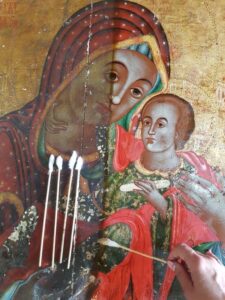 7. How did you learn the profession? Can you detail your learning path mentioning schools and workshops where you trained?
7. How did you learn the profession? Can you detail your learning path mentioning schools and workshops where you trained?
Since I was a child my dream was to be a painter and creator of any kind of art. I remember myself, I was sketching and painting all the time. Through the years I have found history and archaeology more exciting than painting. I feel lucky that with restoration …. I can do both. I have studied in Athens for 4 years in a School of Restoration and I have attended a lot of courses about History of Art, Christian Art and sketching. I’ve been trained in some Atelier in Athens, at Kairios Library and Archaeological Museum (KA’ EPHORIA OF PROHISTORIC ANTIQUITIES) at my birthplace, participate to lot of excavations in Greece, in many Organizations of Cultural Heritage in Cyprus such as Bishoprics, Department of Antiquities, UNDP programs of protect cultural heritage.
8. Do you pass on your knowledge to young people? If yes how? In schools, through workshops…?
Occasionally, young restorers that need experience, come to our workshop for a few weeks. I always have the good weal to show how I work in my workshop, but this is not enough for me to pass my knowledge of restoration. I wish I could have more time to organize some meetings but Restoration as you know is a science that needs education and years of practice and “cannot be inherited” to someone. At the wood sculpture workshop, we have lessons for beginners and people that are interested in working with wood, which are given from the appropriate employee.
9. What would you recommend to a young person interested in your profession? What are the opportunities and areas in which they can work with your skills?
My recommendation to a young person who is interested in my profession is to love this profession, to be educated to an academic level which will give him/her many opportunities for practice. Traditionally a restorer gained his/her experience working in the field as an artist – this allowed the practitioner to build up a knowledge and manual understanding of the materials. It was only in the 20th century that restorers became more than skilled artists with an affinity for the technological aspects. “Love for Art is not enough”. Education is more important, so that the choices for treatment options can be carefully considered and weighed before being implemented. The opportunities for work are quite few in Cyprus. A restorer/conservator can work in the Ministry of culture, Private and National Museums/Galleries, private workshops, technical constructions of renovation, sales of works of art, religious heritage collections.
10. Which are the threats that may endanger your profession? Can you mention some difficulties that are associated with your work? Which could be the solutions to better support your profession and preserve the transmission of skills?
The threat/ difficulty that may endanger my profession usually is the responsibility “which you should accept, because you will take over a sensitive object and you should not destroy it. All maintenance is based on the maintenance code of conduct”. Another difficulty is that heritage organizations are not employing enough restorers and really talented young people desperately looking for work.
You can find out more about Adamandia Remoundou-Dieronitou and her work on the TAMA Cyprus website as well as on Facebook and Instagram.
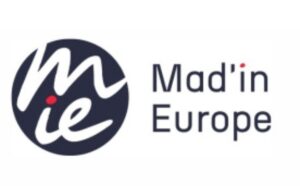 Mad’in Europe (MIE) is a small company committed to promoting craft professionals and crafts professions and to supporting the transmission of crafts skills at a European level. Its multilingual portal gathers a large audience around the profiles of 1,500 crafts, restorers and fine crafts professionals. As a member of some European organizations and thanks to its wide European network MIE participates in several transversal activities including Erasmus and Horizon projects which focus on valorisation of crafts, preservation of traditional know-how, and raising awareness among young people, for whom the sector represents a source of employment.
Mad’in Europe (MIE) is a small company committed to promoting craft professionals and crafts professions and to supporting the transmission of crafts skills at a European level. Its multilingual portal gathers a large audience around the profiles of 1,500 crafts, restorers and fine crafts professionals. As a member of some European organizations and thanks to its wide European network MIE participates in several transversal activities including Erasmus and Horizon projects which focus on valorisation of crafts, preservation of traditional know-how, and raising awareness among young people, for whom the sector represents a source of employment.
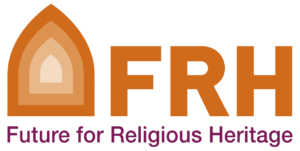 Future for Religious Heritage (FRH) is an independent, non-faith, non-profit European network founded in 2011 and based in Brussels to promote, encourage and support the safeguard, maintenance, conservation, restoration, accessibility and embellishment of historic places of worship. Our network represents more than 80 organisations and over 120 professionals from 36 countries, which includes NGOs, governmental organisations, religious and university departments, and individuals. We are one of the 36 European networks currently supported by the Creative Europe Networks programme.
Future for Religious Heritage (FRH) is an independent, non-faith, non-profit European network founded in 2011 and based in Brussels to promote, encourage and support the safeguard, maintenance, conservation, restoration, accessibility and embellishment of historic places of worship. Our network represents more than 80 organisations and over 120 professionals from 36 countries, which includes NGOs, governmental organisations, religious and university departments, and individuals. We are one of the 36 European networks currently supported by the Creative Europe Networks programme.





Follow us: